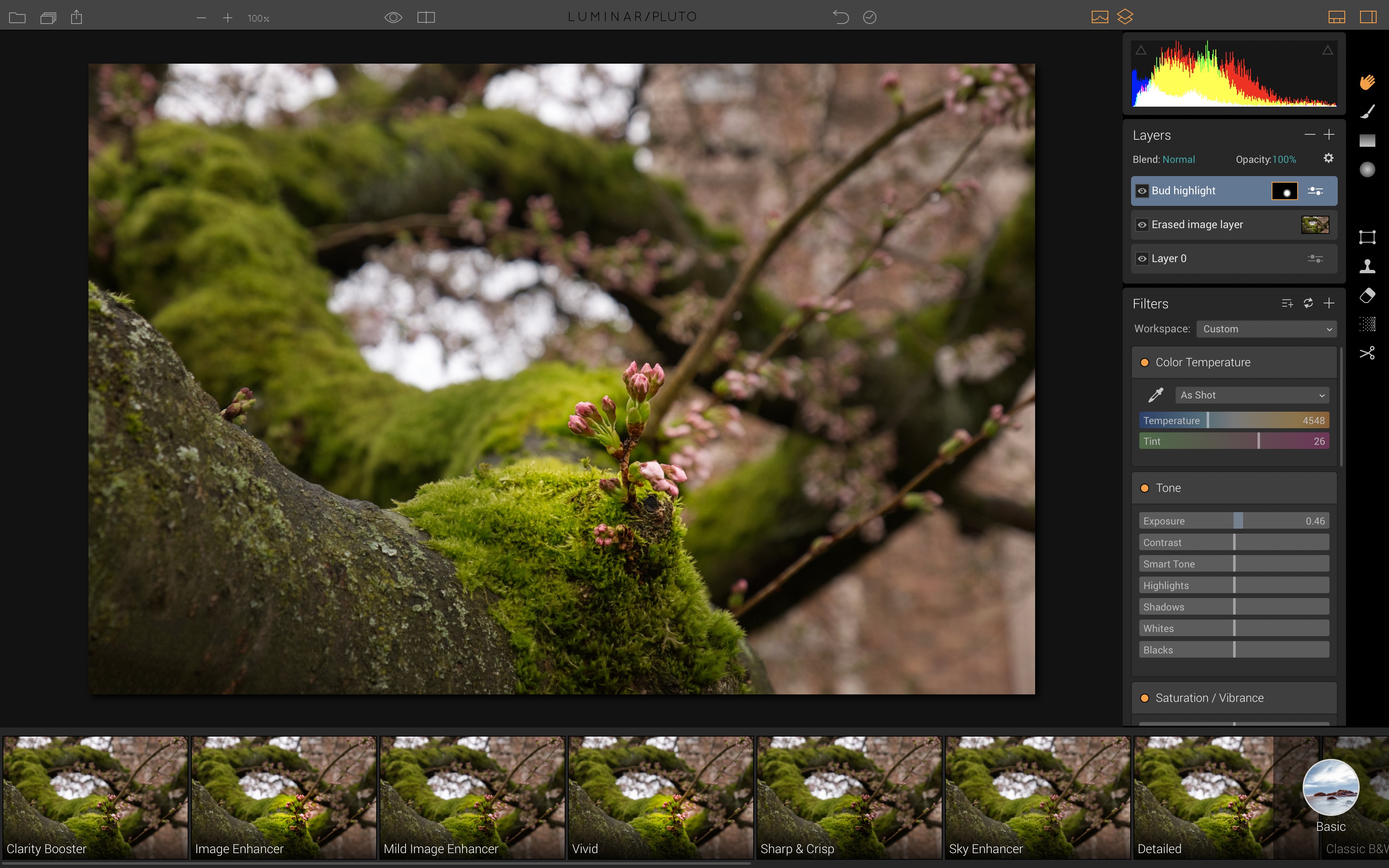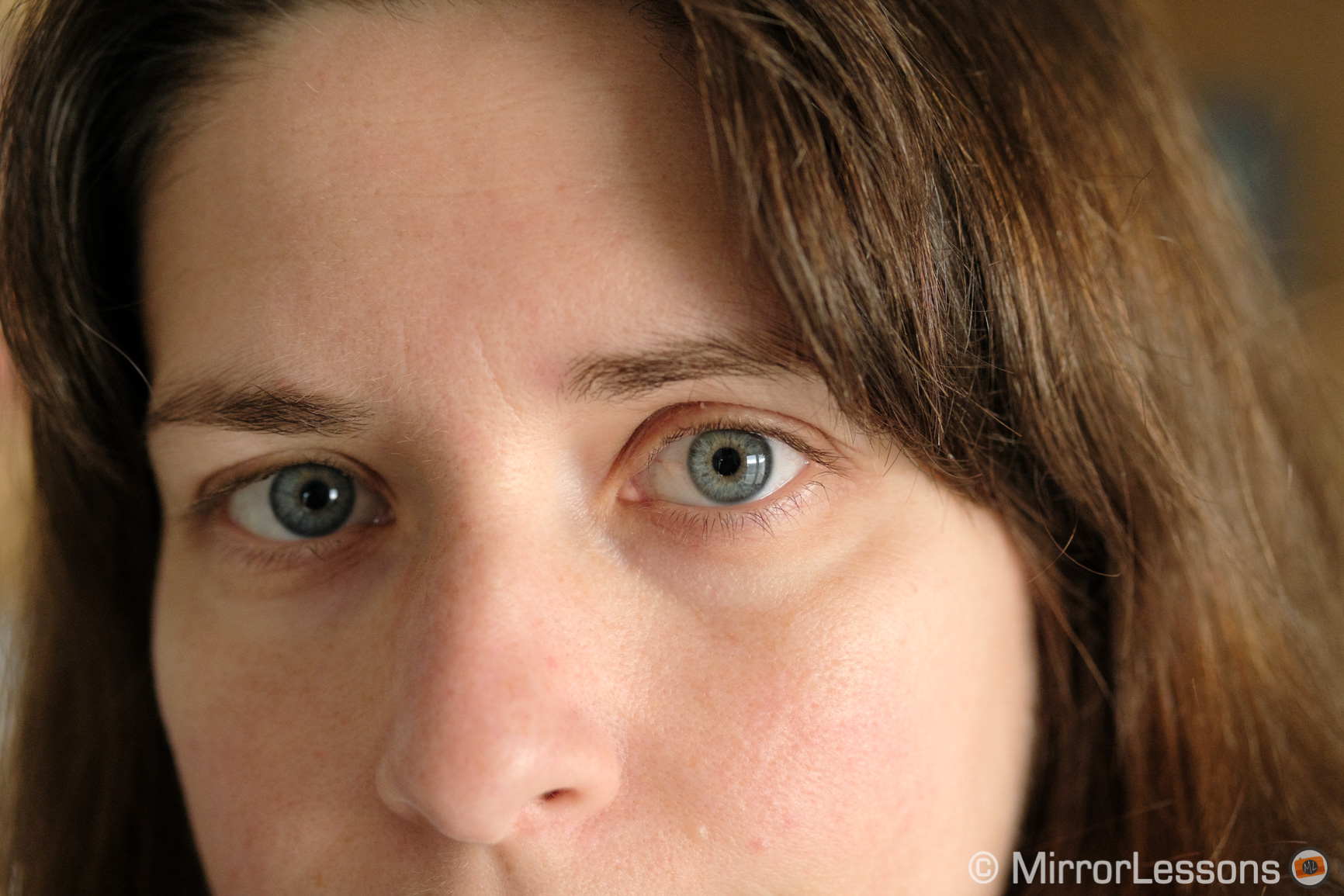
IF I HAPPEN TO THINK YOUR FAVOURITE PROCESSOR ISN’T GOOD, THAT DOESN’T MAKE IT BAD WARNING SUBJECTIVE OPINIONS ABOUND IN THIS ARTICLE If Lightroom turns out to be good enough, I might stick with it. I actually don’t know and if one of them is better I’ll use it.

My main purpose here is to see what I personally think is the best and to see if Lightroom really is as bad as some like to think it is. That means you can surely do better by tweaking files. I’m just testing the basic, just imported base settings. I’m sure all the processors I’m testing here today can to a great job in the right hands. If you like a particular processor and it works for you. I want to make something really clear right off the bat here. Gosh, I know already, no matter the results, this is going to be a controversial post… This may be true, this may have been true before but not now, let’s see shall we? However it’s a common opinion that Lightroom can’t process X-Trans files worth a damn and that other processors are much better. Now, hopefully I’ve explained that X-Trans doesn’t suck compared to other sensors. ( Note: I know not everyone who has a problem with Lightroom or Fuji is a troll. *Let’s face it, if you talk like that you’re probably a troll. Every other processor in the world is better!!!”* Noise reduction is optional and can be adjusted (low/med/high) or disabled.“Lightroom sucks the most! It messes up everything. The noise reduction processing in Iridient X-Transformer shares much in common with the latest noise reduction available in Iridient Developer and is specifically optimized for RAW image processing. The lens correction processing in Iridient X-Transformer uses the same high quality resampling algorithms as Iridient Developer.Ĭolor and luminance noise reduction. The lens correction stage is optional and lens correction information can also be passed on through DNG opcode metadata and left to later processing stages or ignored altogether. Corrections are based on native Fujifilm lens information specified in their RAF metadata.

Sharpening is optional and can be adjusted (low/med/high) or disabled.Īutomatic lens corrections for distortion, chromatic aberration and vignetting.

Iridient X-Transformer features advanced sharpening based on the very highly regarded “Iridient Reveal” sharpening algorithms featured in Iridient Developer. The algorithms are identical to the latest “detail+” and “smooth” options in Iridient Developer 3.2.3. There are two interpolation options, one for a more detailed rendering and a second smoother, lower artifact version. This processing is always applied by Iridient X-Transformer and cannot be disabled or undone.
IRIDIENT DEVELOPER VS ON1 FULL
This transforms the camera sensor’s X-Trans or Bayer color filter information to produce a full color RGB image. The key RAW processing stages that can be applied by Iridient X-Transformer during conversion to DNG include: Iridient Developer is widely regarded as one of the highest quality RAW processors available. The Iridient RAW processing routines have been in active development for over 12 years for use in Iridient Developer and have been optimized and refined over the years for the best possible image quality.

Much of the core RAW processing, sharpening, noise reduction and lens corrections featured in this program are shared with Iridient Developer a more full-featured RAW processor that is available only for macOS. Iridient X-Transformer is a utility that can be used to convert Fujifilm RAF images to DNG format using Iridient Digital’s high quality RAW processing algorithms.


 0 kommentar(er)
0 kommentar(er)
